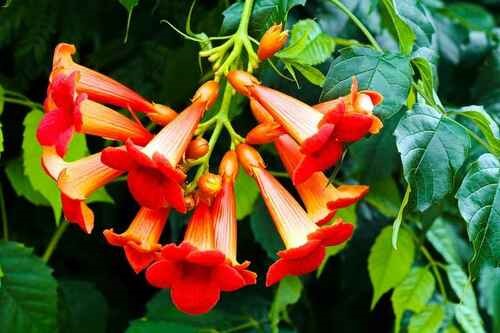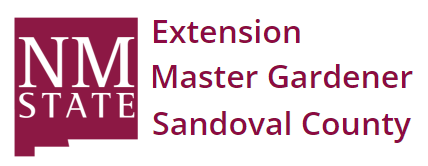Starting a Pollinator Garden

photo: K. Shadock
For years I contemplated, rather than acted, on the idea of planting a garden to attract pollinators. That is until the fall I moved to a house with three well established Trumpet Vines (Campsis radicans) and a large Rosemary bush (Salvia rosmarinus). I trimmed them down to a manageable size and decided to observe them for a year before making any decisions about their future in the yard. The following spring saw the Rosemary blossoms covered with bees and the Trumpet Vine was visited by bees, hummingbirds and butterflies through the long flowering season. Seed pods from the Trumpet Vines blossoms provided winter feed for migratory flocks of finches as well.
The success of these two plants fueled my interest. I learned the importance of providing plants that provided food for both larvae and mature insects and plants that provide shelter. Providing plants for spring, summer and fall feeding as well as a range of colors from purple and pink to orange, yellow and white is also important.
Each year I add a few more annuals and perennials to the garden. I may never have a “cottage garden” in this climate. Still, I am creating a garden that serves the pollinators and delights me. Adding a dish of fresh water, in the shade, for my dogs also pleases
the pollinator insects, hummingbirds and the local Road Runners.
ANNUALS to attract pollinators: Pansies, Sunflower (Helianthus sp), Coreopsis, Floss Flower (Ageratum) Cosmos ‘Sensation’, Milkweed (Asclepias scaposa), Pincushion Plant (Scabiosa), Zinnia, Mexican Sunflower (tithonia), Egyptian Star Flower (Pentas), verbena lantana, and penstamon.
HERBS to attract pollinators: Basil (Ocimum sp). borage (Borago officinalis, oregano (Origanum sp), thyme (Thymus sp), lemon verbena (Aloysia citriodora), lavender (lavandula), parsley (Petroselium crispum), fennel (Foeniculum vulgare), and some mints (Mentha sp).

photo: Pixaby
PERENNIALS to attract pollinators: Indian Paintbrush, Bee Balm (Monarda), Hollyhocks (Alcea rosea sp) Butterfly weed (Asclepias tuberosa), phlox, Lupine, Allium, and Hyssop (Hyssopus officialis) Mexican Bird of Paradise (Caesalpina gilliesii), Columbine(Aquilegia), Rocky Mountain penstemon.
NMSU has several articles about their own efforts to create pollinator gardens as well as research on the best plants to attract Pollinators. Check them out by clicking on this LINK.
